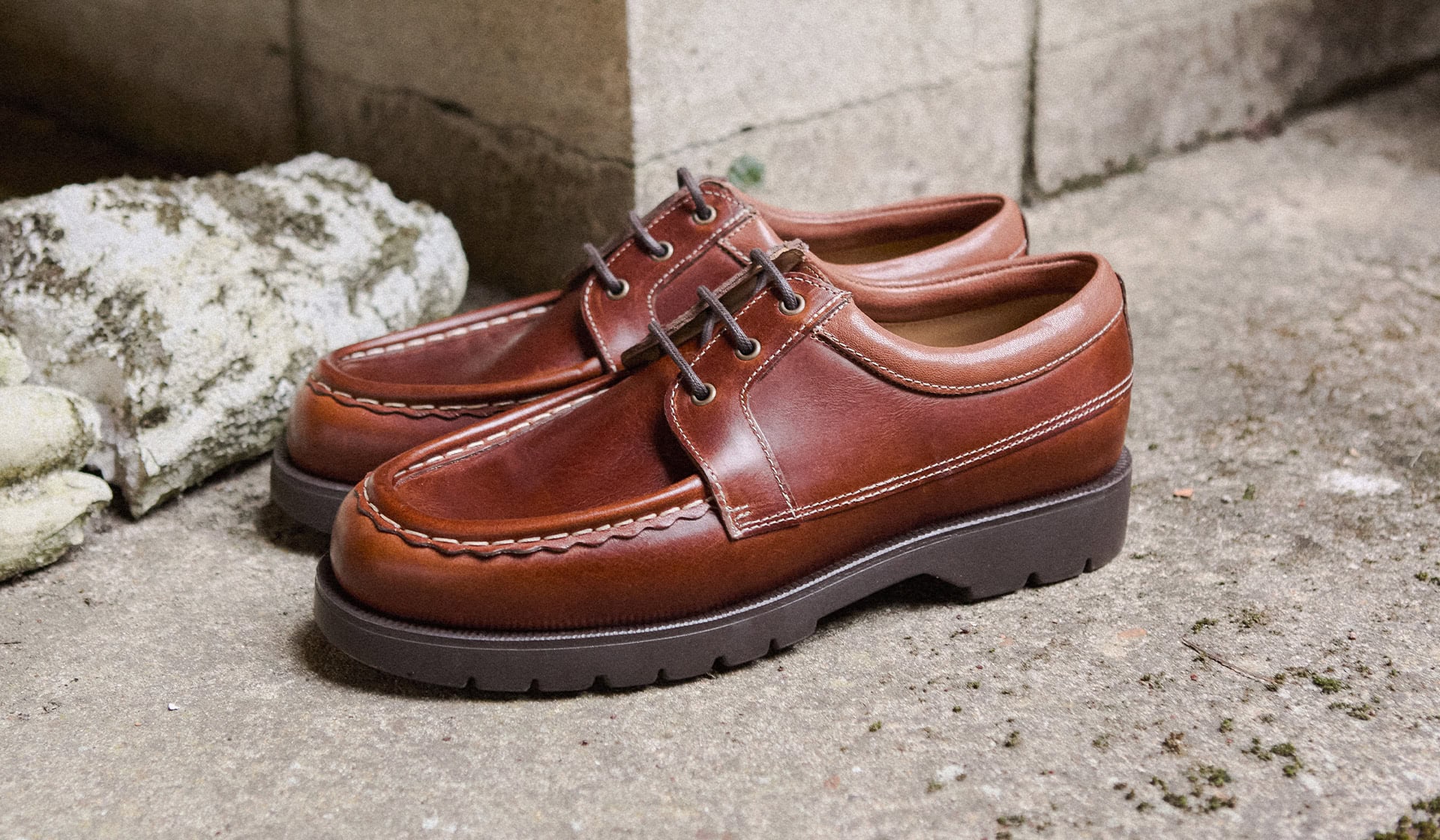This article is written by a student writer from the Her Campus at GWU chapter and does not reflect the views of Her Campus.
In 2017, Riz Ahmed gave a speech at the House of Commons advocating for better representation of Muslim stories and characters in the media produced by Hollywood. American media has long had a problem with adequately and holistically depicting Muslim people. It’s atrocious, really. In American dramas, they are usually depicted as foreign and villainous entities that threaten the livelihood of not only their people but (most importantly—hint the sarcasm) Americans. Therefore, storytelling is a powerful vehicle for not just change, but expanding our perceptions of peoples, concepts, and historic events. Adequately representative storytelling humanizes.
Diverse representation is important for communicating the idea that Muslims are not a monolith. In particular, the most representative stories demonstrate the sundry experiences are those told by Muslims themselves. Portrayals of Muslim characters and stories—created by actual Muslim people—in Western media have significantly grown over the last five to ten years. Changes in these narratives are evident through the rise of movies and television shows like Ramy (2019), We Are Lady Parts (2021), Polite Society (2023), Mo (2022), and Deli Boys (2015). The majority of these stories fall into the comedy genre, for reasons that are quite intentional in working against Western misconceptions.
The Subversive power of comedy
Comedies featuring Muslim characters have created more positive representations of Muslim-identifying people in and outside of Western nations. The satirical aspect of these comedies is employed in a way that challenges the outright ridiculous Orientalist and Islamophobic ideas. Therefore, it is evident that comedy and satire work to denormalize “otherness” and resist through social commentary. It is also important to point out that it also builds solidarity between Muslim viewers and creators in communicating their varied and shared experiences as Muslims in the world today.
Ramy (2019)
Ramy (2019) is widely recognized as a breakthrough American television show in regard to Muslim representation, especially for those living in a Western nation with a double consciousness. Again, this show was demonstrative of the importance of the involvement of Muslims in representing themselves in the media—mainly in comedy.
Deli Boys (2025)
The legacy of using comedy to show these experiences and identities is best exemplified in one of the most recent comedies, Deli Boys (2025). It follows two Pakistani-American brothers as they are brutally removed from their wealthy lives and thrust into a life of crime, revealing much about their father’s business. This show employs satirical humor to call attention to ridiculous cultural-religious conflicts such as that between Pakistan and India. The creator of the show, Abdullah Saeed, included a storyline where the main characters comedically dismiss their family members’ reignition of these conflicts with an Indian family. This is so important as Saeed communicates to the audience that these divisions are legacies of colonialism and therefore absurd.
We Are Lady Parts (2021)
While these advancements are pertinent, it is clear that many pieces of entertainment media focus predominantly on Muslim men. One show that not only focuses on Muslim women but also most clearly demonstrates to their audience that there is no fixed identity as it pertains to being Muslim, much less female, is We Are Lady Parts (2021). Too often does the media depict Muslim women—especially those who choose to veil—as victims. Overturning this orientalist lens with an oppositional gaze was the intention of the show’s creator and director Nida Manzoor as the British comedy excels at representing Muslim women in all their multiplicities.
The show follows five Muslim women—Amina, Ayesha, Saira, Bisma, and Momtaz—in a punk rock band called “Lady Parts”. These characters demonstrate human variety not only in their varying socioeconomic and ethnic background, but also through their sundry personalities, ways of thinking, practicing Islam, and life experiences. They are just like everyone else and as complex as previous female-centered shows. White audiences, who have dominated media and entertainment narratives, had a plethora of dynamic characters to identify with. For example, in Sex and the City (2008) white female audiences could identify with the diverse motley of characters like Carrie, Samantha, Miranda, and Charlotte. This is what is being achieved for a female Muslim audience through We Are Lady Parts. The British program shows the same variability in livelihood, appearance, and personality that white female characters have in shows like Sex and the City, but instead with various Muslim women.
One pivotal aspect of the show that challenges Western stereotypes of Muslim women is in the band’s song “Voldemort Under My Headscarf”. This song is principal in the employment of the oppositional gaze as a form of resistance and community building. The lyrics state: “What could I be hiding? // Voldemort’s alive and he’s under my headscarf // … Does other headgear scare you too? // A hat? Helmets? Nah, just you”. The subject matter in these lyrics is important as they communicate the absurdity of the fear of Muslim women’s veiling exhibited by many non-Muslim Westerners. Amina and her friends in Lady Parts speak volumes about the intended message that Muslim women do not need to define themselves based on how others perceive them. They can just be.
Conclusion
With the emergence of shows like Ramy, We Are Lady Parts, and Deli Boys, the landscape of Muslim representation and inclusion in entertainment is evolving (thankfully). They work in tandem to resisting harmful stereotypes and instead put forth authentic representations that demonstrate Muslim identity in its sundry and dynamic reality.

.jpeg)






















.jpeg)













 English (US) ·
English (US) ·